Top 10 Air Purifying Plants To Keep Your Home Office Fresh
-
Chris Dosser
- February 27, 2021
If you buy something using the retail links in our articles, sometimes we earn a small affiliate commission. This does not impact the products we recommend.
Whilst almost all houseplants have the ability to purify the air to a certain extent, some plants are especially adept at removing chemicals found in our home and offices.
A list of our top 10 air purifying plants include:
- Aloe Vera
- Croton Plant
- Ficus
- Boston Fern
- English Ivy
- Peace Lily
- Spider Plant
- Golden Pothos
- Heart Leaf Philodendron
- Snake Plant

When we talk about air purifying plants it is most often in relation to the ability of certain house plants to filter pollutants out of the atmosphere of our homes and offices.
The plants do this by collecting the pollutants as they respire during photosynthesis, the process by which plants convert water and carbon dioxide into carbohydrates and oxygen.
Volatile organic compounds (VOCs) such as benzene and formaldehyde, and bioeffluents chemicals released during human respiration were noted to be amongst the gases that could be absorbed by plants.
The pollutants can be collected by gaseous exchanges happening on the plant leaves or the root system. The chemicals are then stored in the plant material or even broken down by micro-organisms in the soil to become a food source for the plant itself.
While most plants are able to purify the air to some extent, some varieties are especially effective at removing chemicals from the air.
What kind of pollutants are in my home and office?
Pollutants commonly found indoors are benzene, formaldehyde, ammonia as well as alcohols. These chemicals are released slowly into atmosphere by synthetic products that we buy and bring into our homes and office.
Some common and surprising sources of air pollutants found within the home and office are:
- Soft furnishings > emits formaldehyde
- Paint > emits formaldehyde, xylene, benzene, alcohol
- Photocopiers > emits xylene, benzene, trichloroethylene, ammonia
- Cosmetics > emits alcohols, acetone
- Detergents > emits ammonia
The effects of exposure to high concentrations of VOCs is known and it doesn’t paint a pretty picture.
Headaches, asthma, throat and eye irritations are all common symptoms of exposure to high concentrations of volatile organic compounds. There have even been extrapolations made from studies that suggest formaldehyde is partially carcinogenic, cancer causing, to humans.
Unsurprisingly the levels of these pollutants are found to be highest in rooms that have poor ventilation, poor air circulation and lack exposure to natural light.
Increased exposure to indoor air pollutants in the community directly correlates to an increase in the number and severity of allergic reactions.
'How to Grow Fresh Air' (2008) Dr. B.C. Wolverton
Plants are a perfect natural solution to neutralise the negative effects of VOCs.
In addition to removing chemical toxins from the air plants placed within a personal breathing zone can add the benefits of increasing humidity and suppressing airborne microbes by releasing phytochemicals.
This makes houseplants a perfect solution to improve air quality in an office environment that is surrounded and enclosed by furniture, fixtures and fittings.
That being said, we would have a bit of a challenge on our hands if plants were used as the sole means to clean polluted air from our homes and offices.
The number of house plants required to completely clean and filter air once per hour (the typical exchange rate of an office ventilation system) is estimated to be 10 plants for each square foot of floor space.
At an average area of over 100 sq. foot of given to each employee this would mean we would have to work in a veritable indoor jungle
The best air purifying plants to place in a sunny location
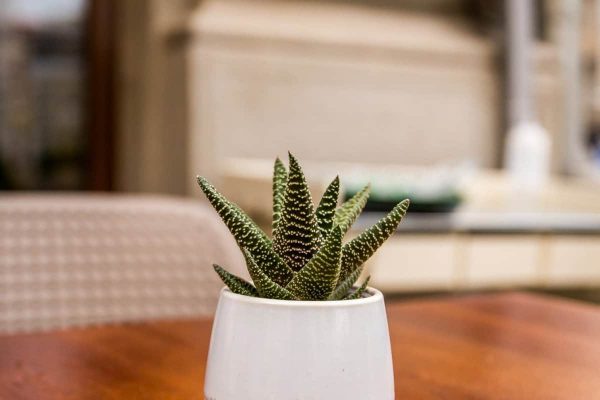
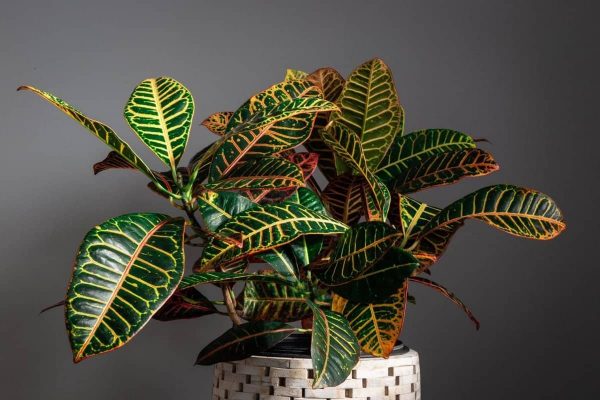
If you can’t fit 1,000 plants into your home office or cubicle it’s probably best to select a few indoor plants that best match the conditions and design of your home or office.
If your desk is positioned next to a window that receives long hours of indirect sunshine each day you wouldn’t go wrong with any of the following three plants to help clean your air.
Aloe Vera (Aloe barbadensis)
A slow growing succulent that retains a lot of water and is great at harvesting formaldehyde and benzene from the air. If you use a lot of chemical cleaners this might just be the plant for you.
Croton (Codiaeum sp.)
An excellent air quality improver however also a houseplant that tends to be difficult to keep happy. One for an experienced indoor gardener.
Ficus (Ficus sp.)
A basic rule of thumb when it comes to a plants ability to clean pollutants from the air is ‘the bigger and leafier the foliage the greater the volume of air that can be treated‘. The ficus genus contains many plants that grow large and broad leaves.
The best air purifying plants to place in a partially sunny location
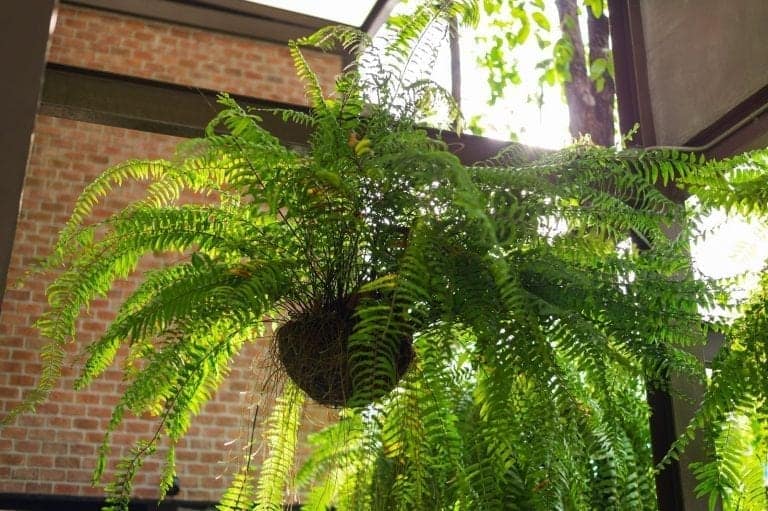
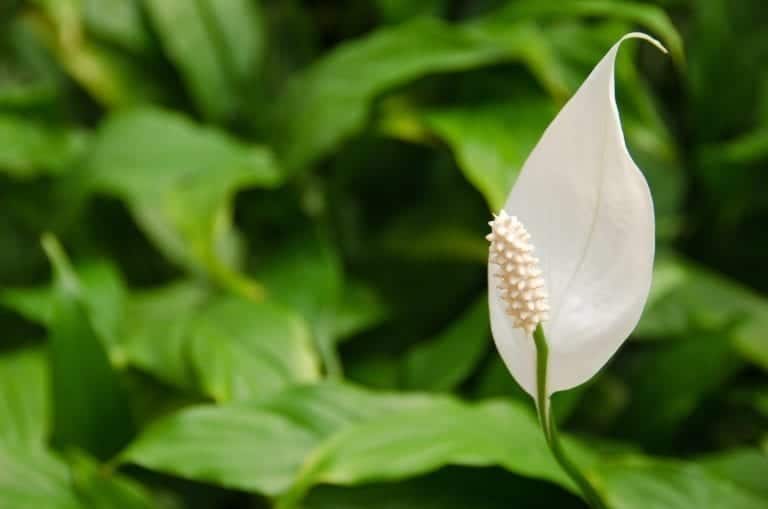
Boston Fern (Nephrolepis exaltata)
The most effective plant out of 50 tested by NASA at removing formaldehyde from the atmosphere. This is a chemical often introduced to the home through regular household items such as garbage bags, carpet backing and tissues.
English Ivy (Hedera helix)
A rapid growing climber that is adept at removing formaldehyde, from the atmosphere. Caring for Hedera helix is relatively easy. Keep it in well-drained soil at a constant temperature and the mass of foliage will reward you with cleaner and cleaner air.
Peace Lily (Spathiphyllum sp.)
Extremely effective at removing acetone from the atmosphere. Perhaps a handy plant to have around if nail polish remover is a regular smell around the house. Peace lilies are also excellent at removing bioeffluents.
Spider Plant (Chlorophytum comosum)
Spider plants are extremely easy to grow and are notorious for its ability to absorb chemical vapours
The best air purifying plants to place in a shady location
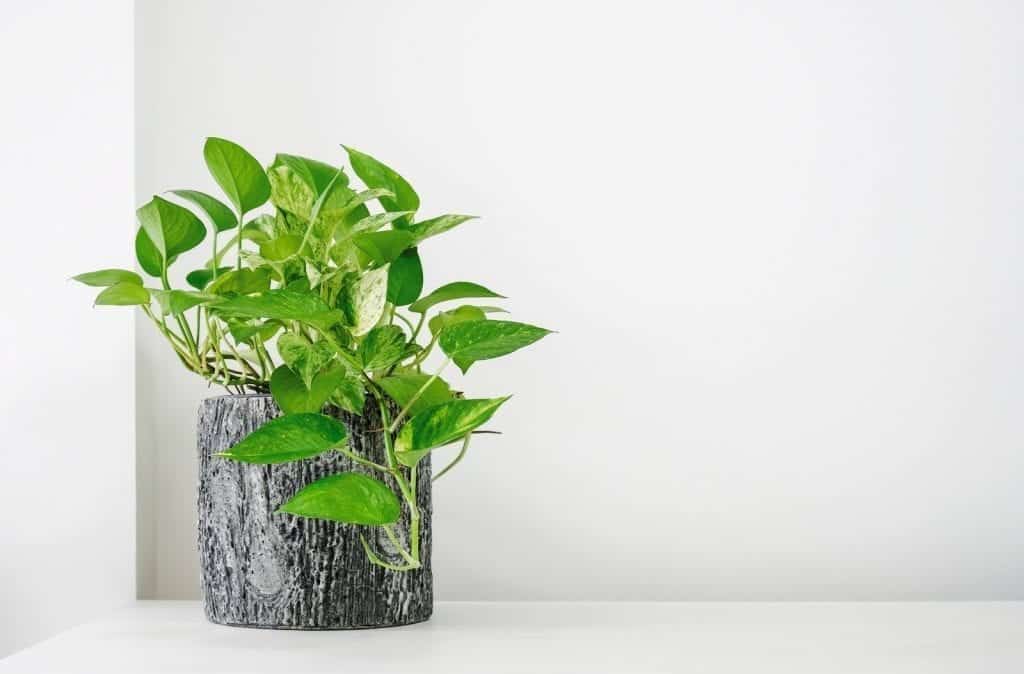
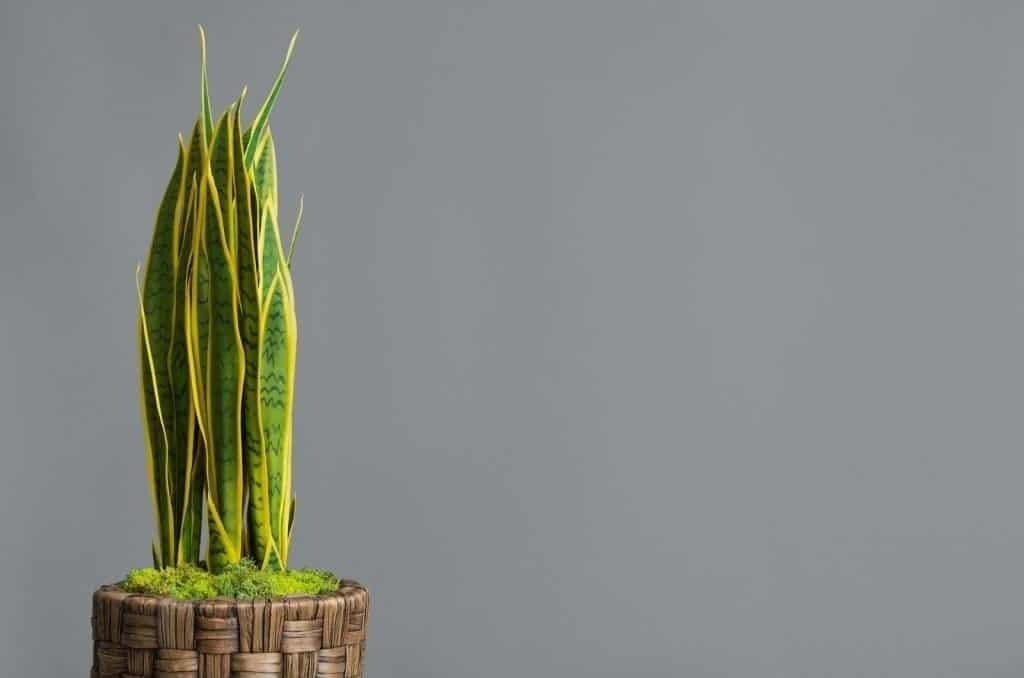
Golden Pothos (Epipremnum aureum)
The golden pothos is a plant that is being explored by scientists for its potential to be genetically modified to break down benzene or chloroform at a rate 900% faster than natural unmodified pothos.
Heart Leaf Philodendron (Philodendron scandens)
This species of philodendron is a trailing plant and as such makes an excellent addition to a ‘green’ wall or hanging decoration.
Snake Plant (Sansevieria sp.)
This robust and hardy plant is a slow grower and so has a low transpiration rate. For this reason it isn’t the most effective at filtering out a high volume of pollutants from the air. The trade off with the slow chemical removal rate is that the snake plant requires very little attention or care and can tolerate drought and shade well.
Incorporating house plants into your home or office decor can create cleaner and healthier air for us to breath.
Plants are so effective at regulating the quality of the air we breath that it has been suggested that they could provide cost-effective and sustainable solution to clean air in energy efficient housing of the future.

Chris Dosser
Co-Founder of Eden Indoors
Chris is a self-taught horticulturist with over a decade of experience caring for houseplants and creating lush, thriving indoor oases. He specializes in Monstera, and by self admission has a serious problem with buying and propagating rare indoor plants!
Similar Posts
What Is A Thai Constellation Monstera: The Essentials
The Thai Constellation Monstera is a rare and highly sought-after houseplant with unique variegated leaves. This article explores the history, care, and propagation of this popular plant.
Are Candles Harmful To Houseplants? (Heat, Soot & Scent)
By burning candles in close proximity to houseplants are you inadvertently causing harm to your indoor jungle? This post contains all the 'need to knows'.

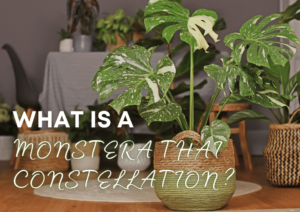


Pingback: Do Normal LED Lights Help Plants Grow Big and Strong? | Eden Indoors